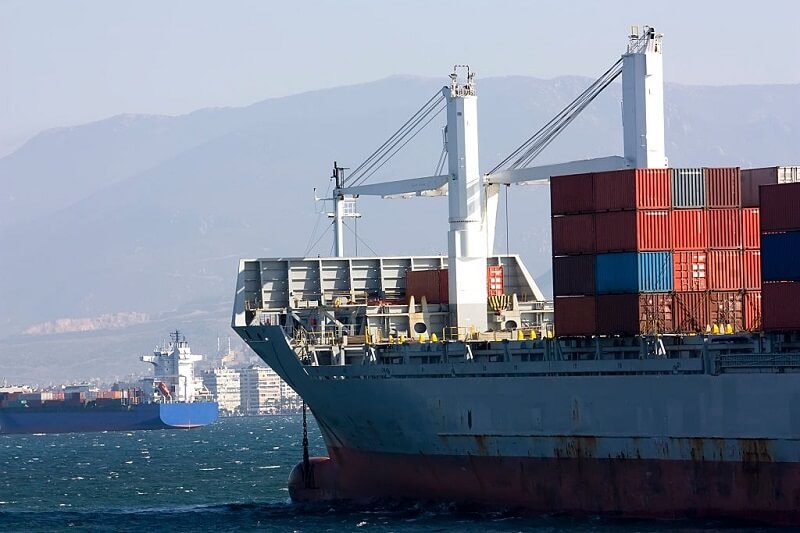What are the Functions of Bill of lading
Table of Contents
Functions of the Bill of Lading
Bill of lading is one of the most important documents when it comes to shipping and freight procedures. It is a legal document that provides a record of the goods that are transported from one place to another and ensures a convenient and safe logistics process. A bill of lading can be issued by
- A shipping agent
- A carrier or
- A logistics company to a shipper
Types:
A bill of lading can be negotiable or non-negotiable.
Negotiable:
A negotiable bill provides clear instructions to deliver the goods to the party which has the original copy of the bill of lading. This bill of lading indicates the title and authority of the freight to be delivered. For this type of bill of lading, the buyer or the receiver of the goods has to present an original copy of the bill at the port in order to take the freight. In case the receiver or his/her agent doesn’t have it, the cargo won’t be released.
Non-Negotiable:
In this type of bill of lading, the name of the consignee or receiver is fixed who can receive the freight. The assigned receivers can claim the ownership of the freight by verifying their identity.
On the basis of execution, a bill of lading can be categorized into four types including
- Straight B/L
- Bearer B/L
- Order B/L
- Open B/L
And on the basis of the method of operation, a bill of lading can be a
- Received for shipment B/L
- Shipped B/L
- A clean B/L
- Through B/L
- Dirty B/L
- Combined transport B/L
Also Read: HBL (House Bill Of Lading) VS OBL (Original Bill Of Lading)
What Does Do it Contain?
It contains the important details regarding the shipment including the quantity of the products, their type, and nature, the name of the place of their origin and where they are being shipped to, etc.
Content of the Bill of Lading:
A bill of lading usually contains the following information
- The name and address of the buyer and the shipper.
- Name of the conveying vessel
- The number and sort of bundles or pieces (Package details)
- The buying orders or receipt numbers which helps the shipper to discharge the cargo
- The date on which the cargo is released
- The details of the products including the
- Quantity of unit being shipped,
- weight and measurement of the item,
- Type of load being conveyed for instance hazardous products and so forth.
- If the products are unsafe then it will have to follow a specific set of rules
- The information about the bundling utilized, for example, boxes, etc
- Any uncommon notes or guidance for the transporter
Along with providing the important details about the shipment, a bill of lading has three main functions to perform.
You May Also Like: What Is Switch Bill Of Lading: The Ultimate Guide
Proof of Carriage
The bill of lading provides evidence of the agreement between the shipper and the carrier for the movement of the cargo. The contract between these two is created prior to the issuance of a bill for security purposes but the bill of lading is the actual legal document to safeguard the interests of both parties. However, this should not be confused with the sales contract that happens between the two parties including the buyer and the seller.
Containing Terms And Conditions
The bill of lading indicates the clauses, and terms and conditions that would direct the contract of carriage. The popular rules and conventions that govern the contract for transporting goods by sea are Hamburg rules, Hague Rules, US COGSA, and Rotterdam rules.
Significance
- To prove that an agreement took place between carrier and shipper.
- To emphasize the conditions and terms.
Receipt of The Freight:
A bill of lading also acts as a receipt of the cargo. It acts as an evidence to prove that the transported products are just as described in the bill and are in good condition.
Significance
- It describes the products that are transported
- To prove to describe the condition of the goods
- It also proves that the particular cargo was delivered.
Certificate of Title:
With this important role of the bill of lading, the ownership of the freight can be determined after the goods are delivered to their destination. The bill decided authority based on the goods delivered.
Significance
Only the legal owner can claim the goods from the shipping line.
The Bill of lading though seems difficult to understand, makes the shipping process smooth for the business parties as it makes sure that everything happens according to the agreed conditions. The bills of lading verify that the products shipped are exactly according to what was ordered and in good condition.






